|
Have you ever purchased a blinged out item and was disappointed at the amount of sparkle? The truth is, many companies use the cheapest rhinestones possible. Typically, different rhinestone brands produce varying amounts of sparkle. Different raw materials and the number of facets will affect the embellishment’s glittering brilliance.
The Two Big Rhinestone Brands
Rhinestone manufacturing has its roots in the glassmaking region of Bohemia. It was artisans from this area who received the first patent for cut crystal stone in 1715. As time passed, these “pierres de Strass” or rhinestones became increasingly popular. In the late 1800s, one particular glassmaker, Daniel Swarovski, invented an electric crystal-cutting machine. He moved to Austria and began his own company. Always on the cutting edge of innovation, Swarovski developed new shades and cuts of rhinestones. While rhinestone making continued in Bohemia, the craftsmen continued to work independently until 1948. At this time, 25 crystal making factories merged into one national company under the name of Preciosa. Both companies produce high-quality lead-free crystal components. Swarovski’s Xirius rhinestone has 16 facets arranged in a star-shaped pattern. Plus, the company offers over 100 vibrant colors and effects in different shapes and sizes. Preciosa offers 2 different lines, the Viva 12 with 12 facets and the Maxima with 15 facets. Moreover, you’ll also find a huge selection of colors, effects, sizes, and shapes from Preciosa. (Ed. Note: Due to increased pressure from other manufacturers, Swarovski removed itself from the resale market late in 2021. Today these rhinestones are only available to luxury brands).
Other Rhinestone Manufacturers Although Swarovski and Preciosa and the highest-quality rhinestone brands available, many other manufacturers exist. Some of these companies also use crystal to make rhinestones while others use glass or plastic. Generally, these materials have differences in 4 important characteristics: 1. Refractive Index As light passes through a transparent material, it slows and bends. The greater the degree the light bends, the more light redirects back to your eyes. Hence, materials with a higher refractive index, like crystal, exhibit a greater brilliance. 2. Dispersion Directly tied to the refractive index is dispersion. This is the ability of a material to break light into separate colors. As the light enters the material and slows, colors bend at different angles exiting as a rainbow. 3. Strength Facets are those small plane surfaces that catch and reflect light. For the even distribution of light, facets must be uniform and symmetrical. Additionally, the greater the number of facets, the more sparkle to the rhinestone. Generally, acrylic manufacturers must mold their products because cutting may melt the product. However, glass and crystal manufacturers rely on machines to cut precise facets. Yet, crystal is denser and harder than glass allowing the manufacturer to cut more facets into a single rhinestone. 4. Clarity Manufacturers use different processes to produce their products. Sometimes, during the manufacturing process, tiny air bubbles can become trapped within the material. Any type of inclusion, like trapped air bubbles, will interfere with the flow of light. Thus, the rhinestone will appear cloudy. Often, certain materials will naturally accumulate fewer inclusions during the manufacturing process. For example, crystal has more clarity than glass. Choosing from Among the Rhinestone Brands Usually, when you can see a bedazzled item in person you can see the quality of the rhinestones. The sparkle and clarity are evident. However, online shopping doesn’t allow you to inspect the embellishments. Unless the retailer specifies the rhinestone brand, it’s probably a lesser quality than a trademarked name. Yet, some manufacturers do produce quality rhinestones with a much lower price point. While some of these products have slightly less sparkle, from a distance, there’s little to no visible difference. So, if you’re planning a DIY bling project, how do you know you’re purchasing a quality product? Make sure you buy your rhinestones from an established, respected retailer. Rhinestones Etc. has been selling quality embellishments since 2011. Currently, we carry both Preciosa Maxima and PriceLess Asian crystal rhinestones. We offer great customer service, fast processing times, and competitive pricing. Browse our online catalog to find your color and size.
0 Comments
If you’ve recently gotten engaged, you’ll soon begin planning for your wedding. And although it may seem like it’s so far off into the distance, time has a way of moving fast. Thus, it’s never to early to start working on ideas to make your day special. Typically, weddings are expensive, and many brides and grooms make some things themselves to save on costs. There are a ton of websites and blogs dedicated to the DIYer planning a wedding. You can make your own decorations, favors, and table settings. My DIY place card holders are simple to make and can double as picture holders. For this project I used: A terra cotta pot about 2.75 inches in diameter Metallic gold spray paint Clear acrylic sealer Gold wire (use a smaller gauge for a sturdier, thicker wire - I used 18 gauge) 12ss crystal rhinestones Gem-tac or E6000 How to make a DIY Place Card Holder Begin by spray painting the terra cotta pot with metallic gold paint. Be sure to paint in a well-ventilated area. Once it is completely dry, spray it with a coat of clear acrylic sealant. Allow the sealant to dry completely as well. Measure and cut a piece of gold wire about 16 inches long. Bend one end into a circle about 1 inch in diameter. This will go on the inside and help to keep the wire standing upright. Place this in the hole of the pot with the unbent end sticking out. Now take a highlighter or some other household item about ¾ of an inch in diameter. Bend the top part of the wire around the highlighter to achieve a loop. Continue bending the wire around the highlighter several times until you run out of wire. Which Glues are Best to Use? Next, we’re going to glue crystal 12ss rhinestones around the pot to add some sparkle. You can use either Gem-Tac or E6000. I prefer E6000 for this type of project because I can use less glue and still create a secure bond. However, many crafters do not like E6000 because of the toxicity warnings. Always use in a well-ventilated area and follow the manufacturer’s instructions. Gem-Tac is safe to use and works equally well. With this said, it can sometimes leave glue blobs on this type of project. There are other glue alternatives you can use, but I have not tested them. Just make sure the glue is safe for the type of rhinestone you are using. For example, some glues are not for use with acrylic rhinestones. Next, make sure the glue dries clear. Finally, make sure it creates a good bond to the surface you are gluing. Nothing is worse than having rhinestones peel off from your project. I chose to glue rhinestones around the bottom ledge of the pot. This makes it easy to keep a nice even line. Once you’ve glued rhinestones around completely, leave to dry for 24 hours. Simple and Easy to Make DIY Place Card Holders Now that you’ve got the basic idea, you can personalize this DIY place card holder to match your wedding colors. You can change the color of the paint or rhinestones to compliment the table setting. Then again, you may want to try using smaller terra cotta pots. Finally, if you need to buy rhinestones to make this project, come by and visit Rhinestones Etc. We have a large selection of rhinestones at competitive prices. Browse our online store to find your color! Since Czech glass makers began hand-crafting rhinestones, jewelry makers and designers have used them in their creations. Today, blinging out items continues to be very popular and fashionable. Yet, buying clothes already rhinestoned is expensive. By learning how to attach rhinestones to fabric you can save yourself a bundle and still look great. Best Ways to Attach Rhinestones To Fabric Fundamentally, it seems the list of items you can bling out is endless: handbags, shoes, key fobs, and sunglasses. Usually, to attach rhinestones to accessories, you’ll need to use an adhesive. Yet, you’ll find 4 primary ways to attach rhinestones to fabric: 1. Sew on Rhinestones Generally, a sew on rhinestone has two pre-drilled holes in the crystal. Sew on rhinestones usually offer a wide variety of shapes including navette, triangle, square, and round. Often, these rhinestones are available in different colors including the popular crystal and crystal AB. Another type of sew on rhinestone is the rose montee. These rhinestones lay in a metal setting that has cross channels underneath. A needle can easily pass through the enclosed grooves to secure it to the fabric. Additionally, a thin wire can pass through the channels to create stunning jewelry. 2. Metal Settings For Rhinestones For round rhinestones, you'll find two basic types of metal settings, Tiffany and rim. Both settings have prongs that pierce through the fabric while holding the rhinestone in place. The difference between them is how they secure the rhinestone. Tiffany settings attach from the inside of the garment. The prongs pierce through to the outside of the fabric to grab the rhinestone. You then bend the prongs to hold the rhinestone in place. On the other hand, rim settings attach from the outside of the fabric. A rim surrounds the rhinestone on the outside of the material. Then you bend the prongs on the inside of the garment to secure the crystal. 3. Hotfix Rhinestones Another type of round rhinestone is the hotfix. These have glue applied to the back side of the stone. By applying heat, you melt or activate the glue. When it cools, it becomes solid again firmly attaching to the fabric. Usually, it takes about 5 minutes for the glue to cool. However, the glue requires 24 hours to completely cure. Generally, you can apply heat using one of the following methods:
Most hotfix rhinestone manufacturers recommend a temperature range of 250 degrees F – 340 degrees F to activate the glue. Moreover, not all fabrics will allow penetration of the glue for adequate bonding. For example, you’ll need to avoid materials pre-treated with stain resistors, softeners, or Teflon. Typically, it’s always advisable to do a water pearl test first to determine if the material will absorb the glue. Place a drop of water on the fabric. If the water pearls, the fabric isn’t suitable for hotfix rhinestones. However, if the material readily absorbs the water droplet, hotfix rhinestones will bond to it. 4. Flat Back Rhinestones Undoubtedly, the most popular form of attaching rhinestones to fabric is with the use of glue. When choosing your adhesive, check with the manufacturer to see that it is good for rhinestones, washable, and dries clear. Above all, the most important thing to remember when learning how to attach rhinestones to fabric is the gluing technique. Use a drop of glue slightly smaller than the rhinestone. When you gently press the rhinestone into the glue drop, some glue should ooze out from the sides. This is very important as it helps to create a seal that prevents the rhinestone from peeling off. If your rhinestones fall off it is most likely due to using too little glue. Most glues are multi-purpose, allowing you to glue rhinestones sunglasses, tumblers, and other accessories. However, some adhesives create a stronger bond on some surfaces. For example, glass or metal is very smooth and requires a stronger glue such as E6000. Fabric or paper is porous and you can use glue such as Gem-Tac. Again, before you begin your project, check with the manufacturer to ensure the adhesive will create a strong bond. FAQs About How to Attach Rhinestones To Fabric Do you still have questions about how to attach rhinestones to fabric? Below, we answer a few of our most commonly asked questions. If you have others, please contact us here. Is One Way of Attaching Rhinestones To Fabric Better than Others? Any method you choose will securely attach your rhinestones and usually, it’s just a matter of preference. However, sometimes, you may find certain shapes only in sew on. Can You Attach Rhinestones to Sheer Fabrics? Yes. We recommend that you place a piece of wax paper underneath the fabric to avoid gluing layers together. Once the glue has cured, simply peel off the wax paper. Where Can I Buy Rhinestones? Rhinestones Etc. wants to be your source for all your bling supplies. We offer fast shipping, competitive pricing, and great customer service. Browse our online store to find the perfect color and size rhinestone for your project. |
KarenI have been adding bling for over 20 years. Through my projects, I hope you find inspiration. Categories
All
Archives
July 2024
|
Home About Policies Return Shipping
Contact Us Size Chart Privacy Products Reviews
Copyright 2024 Rhinestones Etc. All rights reserved.
Contact Us Size Chart Privacy Products Reviews
Copyright 2024 Rhinestones Etc. All rights reserved.

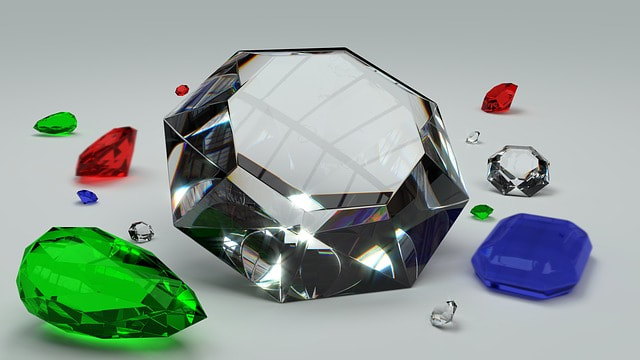
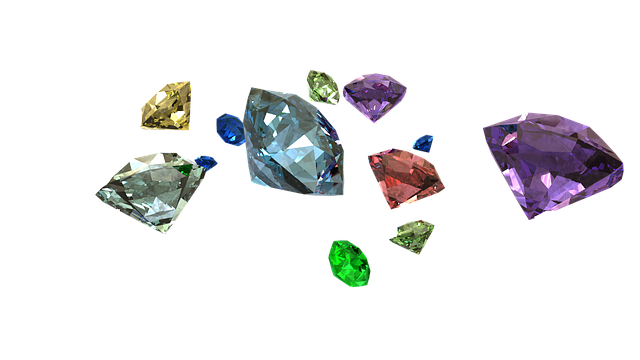
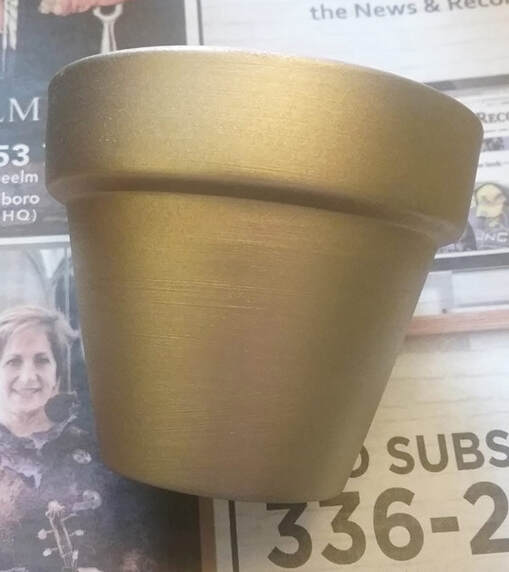
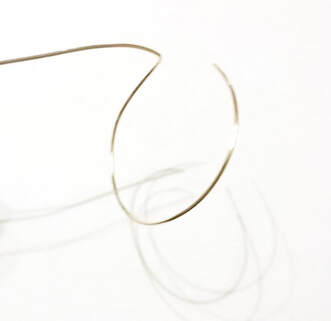
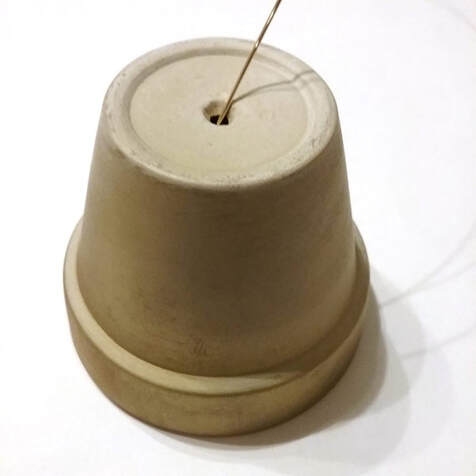
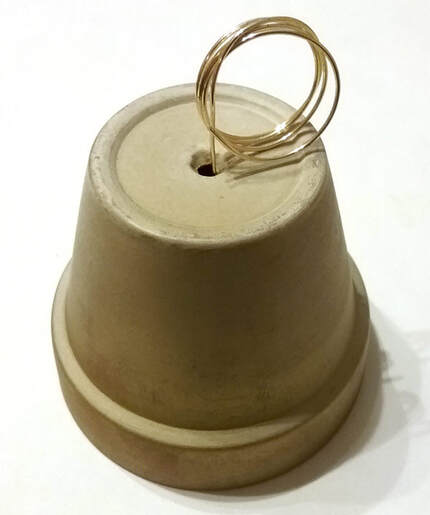
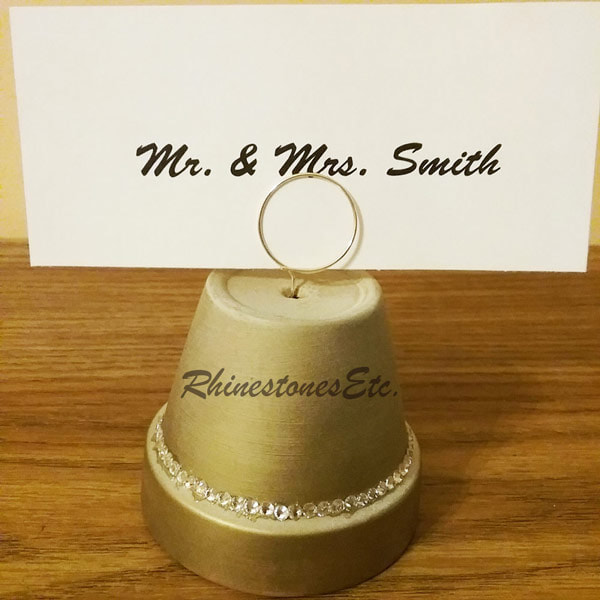
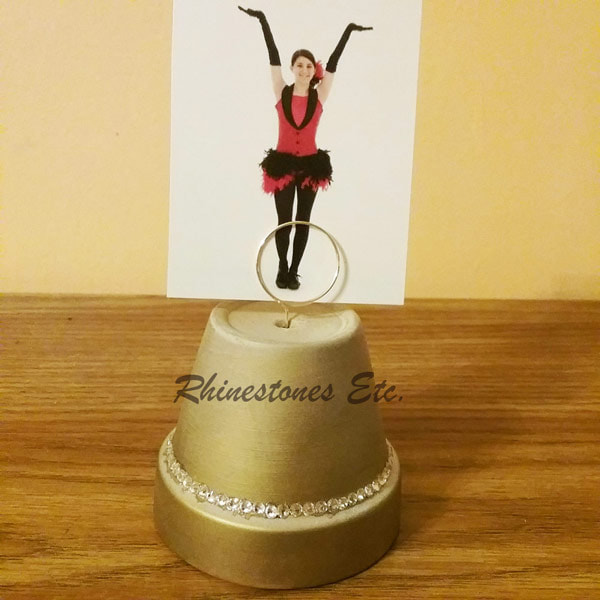
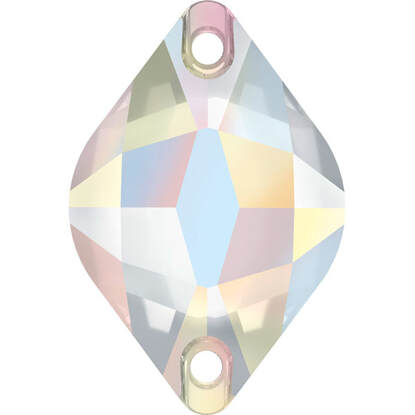
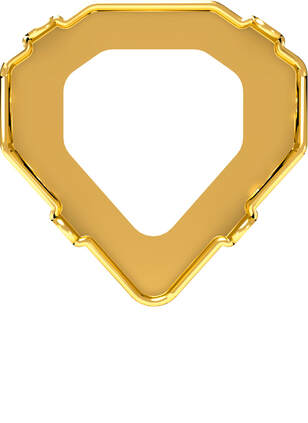
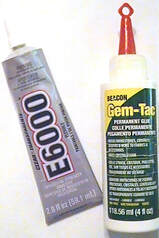
 RSS Feed
RSS Feed